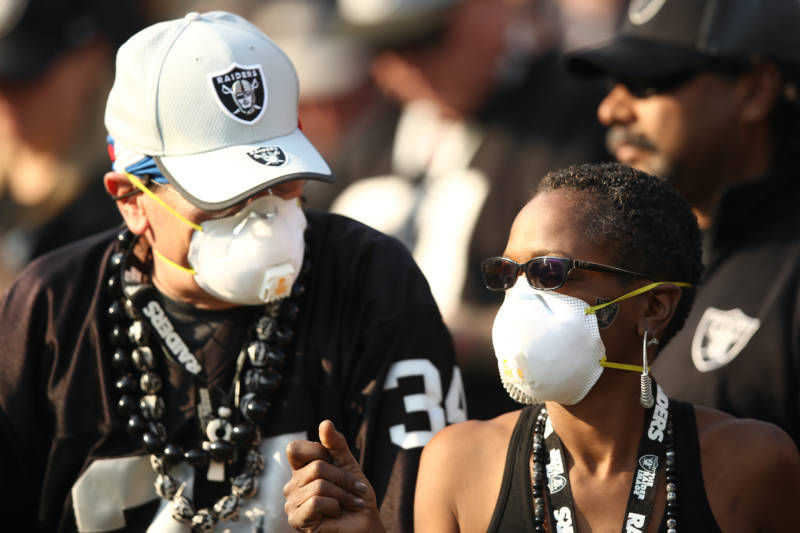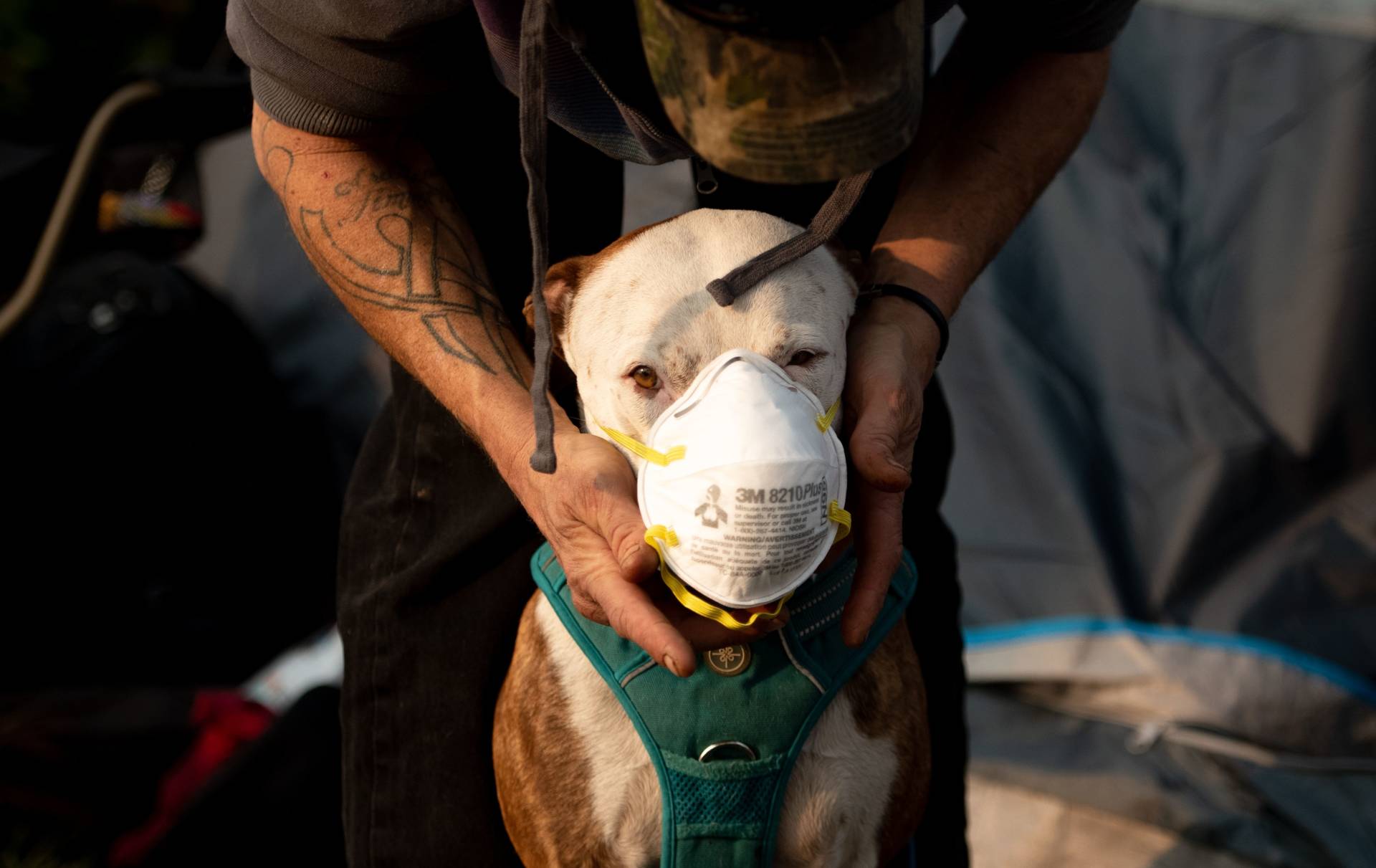When I left for work this morning, I grabbed a mask to protect my lungs from the smoky haze hovering over Oakland. I’ve worn these over the years while covering wildfires, yet I know they can give me a false sense of security because they’re not foolproof.
Plenty of us in the Bay Area have masks. Not enough of us know which kinds work best, or how to wear them for peak efficiency.
Online or in hardware stores, look for masks marked as either N95 or P100. The designation indicates that the respirator blocks at least 95-99% of particulate matter floating in the air. Those microscopic specks can cause respiratory issues and trigger heart attacks. Do not use dust or surgical masks; they’re not up to the job.
With the proper mask, a snug fit around your nose and mouth is really important, because tiny slits can allow smoke to sneak through. Choose a brand that aligns with your facial structure.
“A mask is actually kind of uncomfortable if you wear it correctly,” says UCSF pulmonologist Dr. Elizabeth Gibb. “It should leave an indentation on your face when you take it off.”


